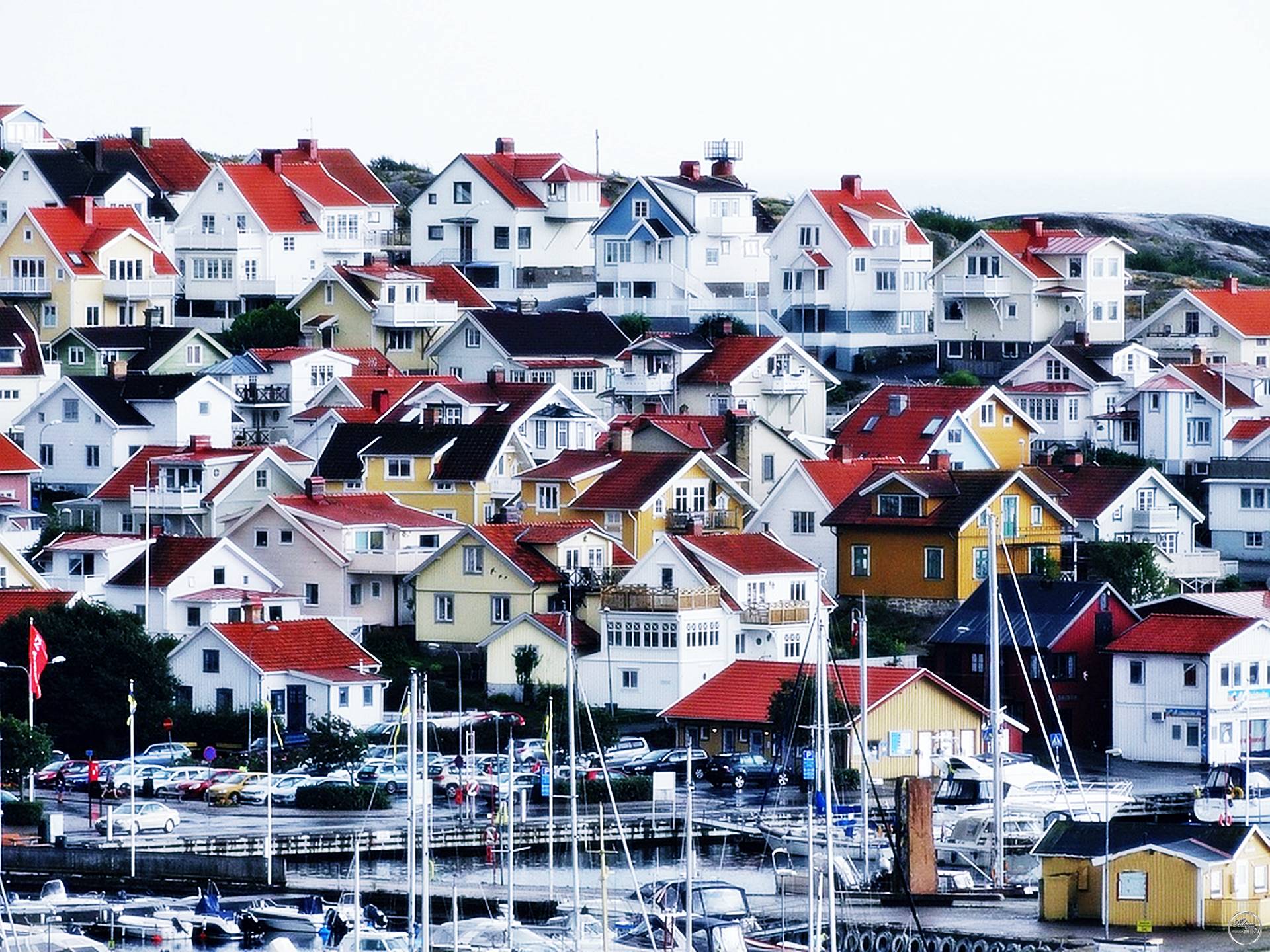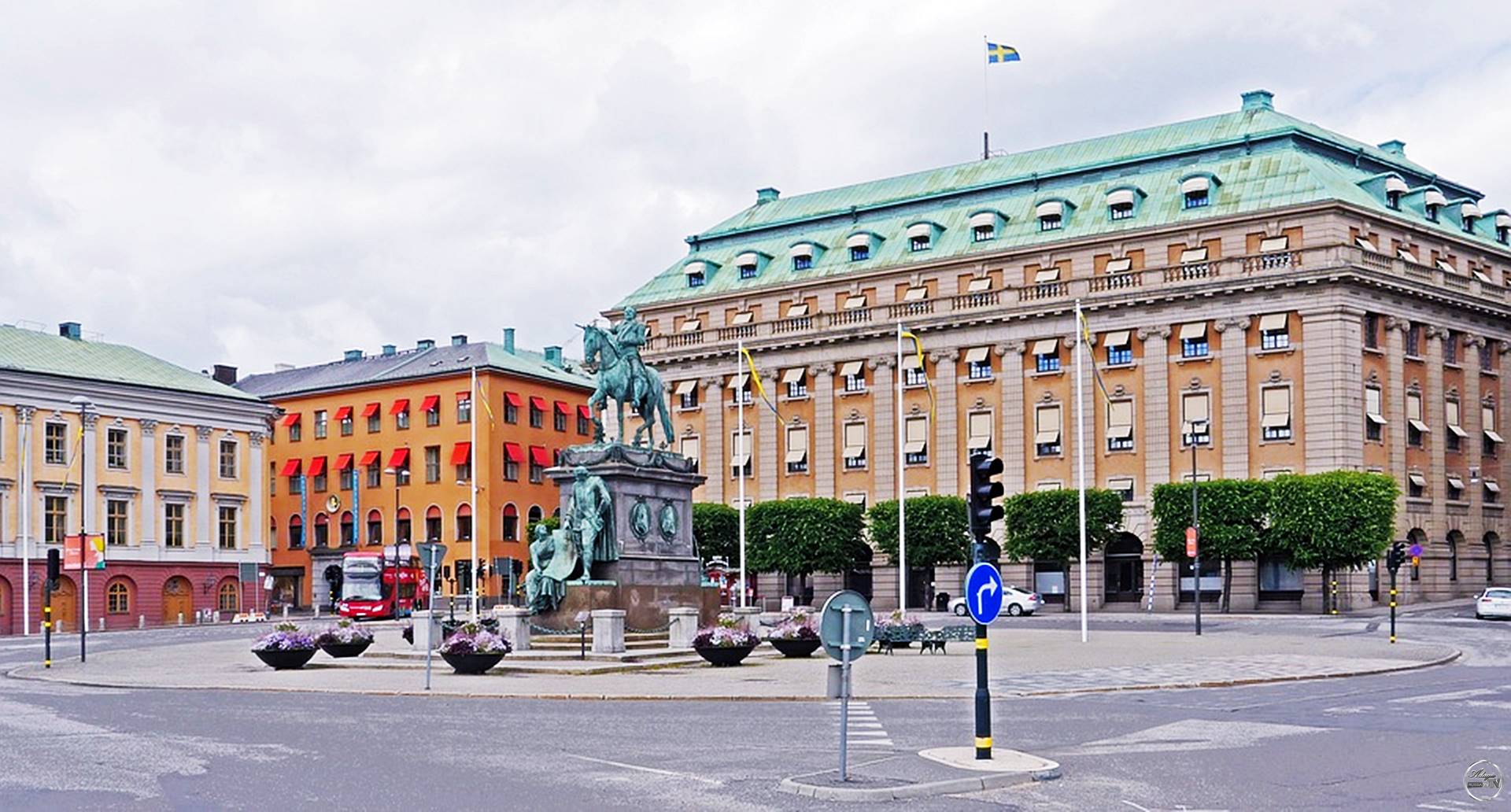Category: sweden
Sweden – officially the Kingdom of Sweden, is a Scandinavian country in Northern Europe. It borders Norway to the west and north and Finland to the east, and is connected to Denmark in the southwest by a bridge-tunnel across the Öresund. At 450,295 square kilometres -173,860 sq mi, Sweden is the third-largest country in the European Union by area, but, with a total population of 10.0 million, it has a low population density of 22 inhabitants per square kilometre -57/sq mi; the highest concentration is in the southern half of the country. Approximately 85% of the population lives in urban areas.
Germanic peoples have inhabited Sweden since prehistoric times, emerging into history as the Geats/Götar and Swedes-Svear and constituting the sea peoples known as the Norsemen.
Southern Sweden is predominantly agricultural, while the north is heavily forested. Sweden is part of the geographical area of Fennoscandia. The climate is in general very mild for its northerly latitude due to significant maritime influence, that in spite of this still retains warm continental summers. Today, Sweden is a constitutional monarchy and parliamentary democracy, with a monarch as head of state, like its neighbour Norway. The capital city is Stockholm, which is also the most populous city in the country. Legislative power is vested in the 349-member unicameral Riksdag. Executive power is exercised by the government chaired by the prime minister. Sweden is a unitary state, currently divided into 21 counties and 290 municipalities.


Тенденция равномерного экономического роста, которая была характерна для развития шведской экономики после Корейской войны, сохранялась на протяжении всех 1960-х гг. и в начале 1970-х. В период с 1950 по 1973 год стоимость промышленной продукции в Швеции в постоянном денежном выражении выросла на 280 %. «Шведская модель» достигла в эти годы своего расцвета. Сотрудничество между трудом и капиталом, заключение централизованных договоров, либеральная экономическая политика, направленная на увеличение экономического роста – всё это способствовало созданию отношений доверия между сторонами на рынке труда. Жизненный уровень в Швеции стал одним из самых высоких в мире. Прибыль и зарплата в промышленности росли рекордными темпами. В качестве основополагающего принципа действий на рынке труда была выдвинута политика солидарности в области зарплаты. Произошло значительное расширение общественного сектора, что было логичным следствием создания общества всеобщего благосостояния.
Инфраструктура – дороги, больницы, школы, коммуникации – развивалась быстрыми темпами. Начало формироваться постиндустриальное общество.
В 1974 г. была принята новая конституция, король лишался всякой политической власти, он оставался лишь главой внешнеполитического комитета, на смену двухпалатному парламенту пришёл однопалатный риксдаг.

Costa Leon

Samuraii

Icona Pop

Alexander Tidebrink

Undressd

Nova Miller


